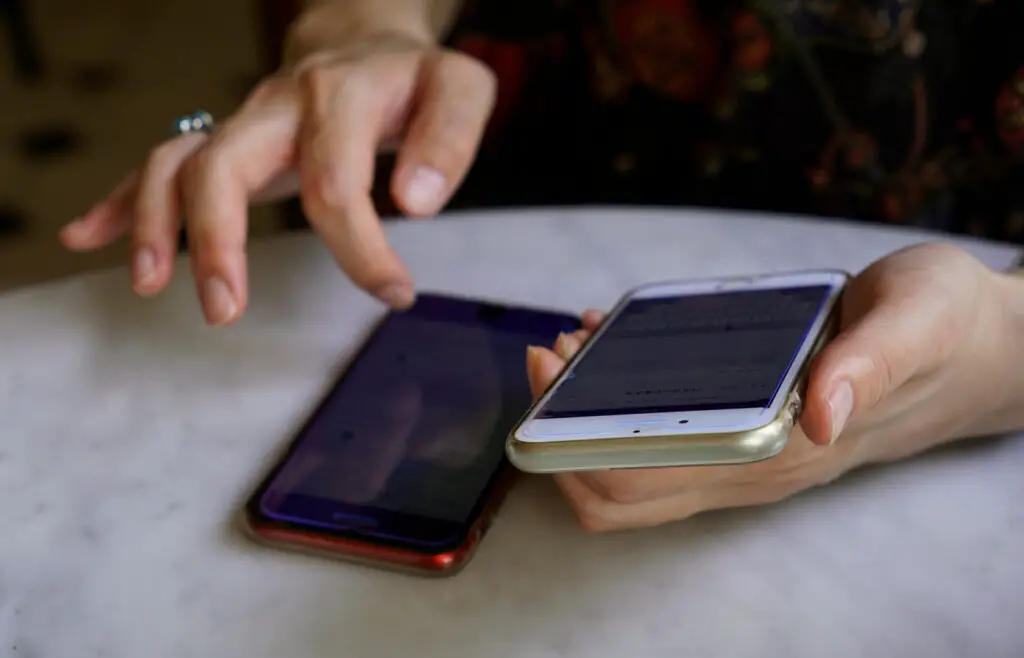Things to Consider When Connecting Two iPhones to the Same Apple ID
Expanding your access to documents and files by connecting two iPhones to the same Apple ID can be beneficial, but it also comes with some challenges. One of the biggest concerns is the potential for unintentionally revealing contact and calendar information or sending texts from the wrong number. Therefore, it’s crucial to fully understand the tradeoffs and benefits before proceeding.
Associating two iPhones with the same Apple ID is similar to adding an iPad or Mac to your Apple account. However, there is one key difference. When you connect another mobile telephone number to your Apple account, which happens when you associate a cellular-enabled iPad or another iPhone, there are some specific steps and settings to consider.
Here are some important things you should be aware of when connecting two iPhones to the same Apple ID:
1. **Data and settings transfer**: When setting up a second iPhone, all the data and settings from your first iPhone will become available on the second device. Pay close attention during the setup process to ensure you don’t accidentally transfer sensitive information.
2. **Messaging from the wrong number or email address**: You may encounter situations where messages meant for the second device’s telephone number show up on your first phone. Take the time to carefully consider the settings you select during the setup process to avoid this confusion. If you find that messages are being associated with the wrong telephone number, you can make adjustments in the Messages settings.
3. **Using incorrect numbers and addresses with FaceTime**: Similar to messaging, surprises can arise with FaceTime if you associate the wrong telephone numbers or email addresses with the second device. Review the FaceTime settings and adjust them accordingly to ensure you receive FaceTime calls on the intended phone.
4. **iCloud configuration implications**: Apple’s iCloud settings and synchronization become more complex when using the same Apple ID on two iPhones. Take the time to review and confirm each individual iCloud setting on the second iPhone. You can adjust the settings for various apps, such as Photos, iCloud Drive, iCloud Backup, and Mail.
5. **Sharing sensitive data accidentally due to iCloud app synchronization**: Be cautious when configuring third-party app synchronizations through iCloud. Decide whether you want the second iPhone to automatically access and synchronize the corresponding app’s data. You can enable or disable app iCloud synchronization for various apps on either iPhone.
6. **Forgetting Find My settings’ privacy impact**: Apple’s Find My feature allows you to track a lost device, but it also reveals your location to anyone with access to your Apple account. Consider the privacy implications and adjust the Find My settings accordingly to prevent unauthorized access to your location.
7. **Overlooking Wallet and Apple Pay settings**: Review your Wallet and Apple Pay intentions when connecting a second iPhone. Enable or disable Wallet, Apple Cash, and Apple Pay capabilities based on your preferences. Ensure to confirm payment methods associated with your Apple ID and adjust them as needed.
8. **Forgetting security protections**: Connecting two iPhones to the same Apple ID increases the risk of loss or theft and unauthorized access to your data. Take the necessary security precautions, such as enabling Apple’s Advanced Data Protection and configuring a complex passcode on both devices.
By considering these factors and making careful choices during the setup process, you can minimize surprises and ensure a smooth experience when connecting two iPhones to the same Apple ID.


